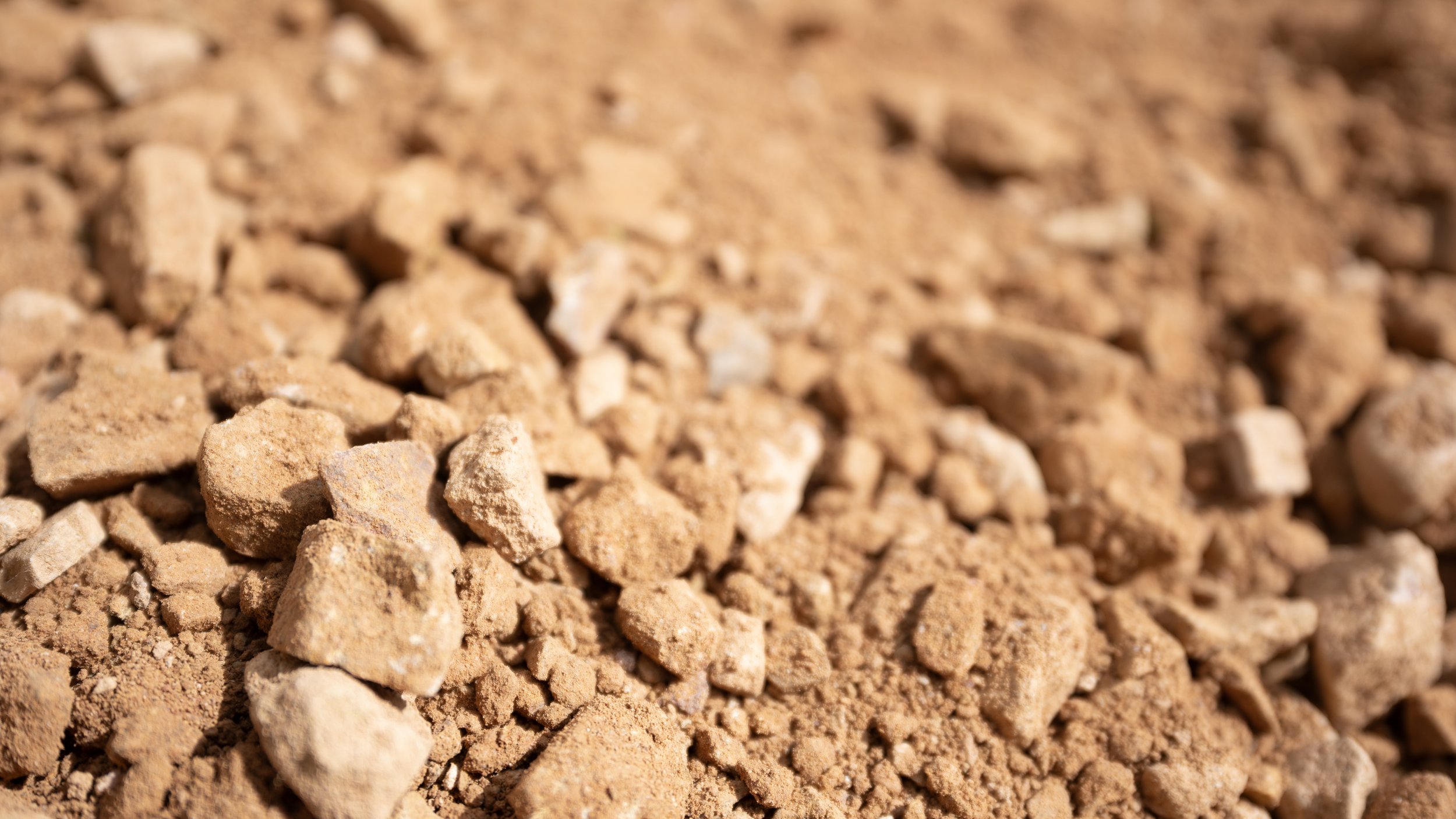EARTH TECTONICS - PRINTED FORMWORK
Earth Tectonics explores the potential for 3D printing to expand the way we build with earthly materials found on site - sand, clay, mud and stone. The project simultaneously explores the potential of new technologies to improve sustainability of material choice, and envisage new formal and tectonic possibilities for the ancient technologies of building with earth.
In this prototype (2023), we created 3D printed formwork for rammed earth. The geometric freedom of 3D printing expands the potential for rammed earth structures which are normally limited by the simplicity of formwork. In this prototype we experimented with complex surface patterns and overhanging forms made possible through the use of 3D printed recycled polymers. We worked with RMIT’s Centre for Innovative Structures and Materials directed by Mike Xie to test the use of a bio-binder allowing us to remove cement from the prototype. The use of alternative binders has the potential to significantly improve the sustainability of rammed earth as a building material. Earth Tectonics - printed formwork is the first of a series of prototypes and projects to consider how new technologies could enable the use of mixed materials specific to site, with benefits for sustainability, building in remote locations, and developing buildings which reflect and respond their local conditions. This prototype was developed for the Earthly Tectonics project led by Snooks + Harper.
The soil is initially sorted to control the mix of particle sizes..
Construction process for a rammed earth prototype.
3D printed polymer formwork panels.
Rammed earth prototype.
Assembled 3D printed formwork
TOPICS
3D printed formwork
Rammed earth construction
recycled plastic
on-site manufacturing
RESEARCHERS
Roland Snooks
Laura Harper (Monash)
Mike Xie (CISM)
Charlie Boman
Ahmed Abdelaal (CISM)
Jiaming Ma (CISM)
Alan Kim
PARTNERS
RMIT CISM
Snooks + Harper
Monash University
Bollinger + Grohmann












